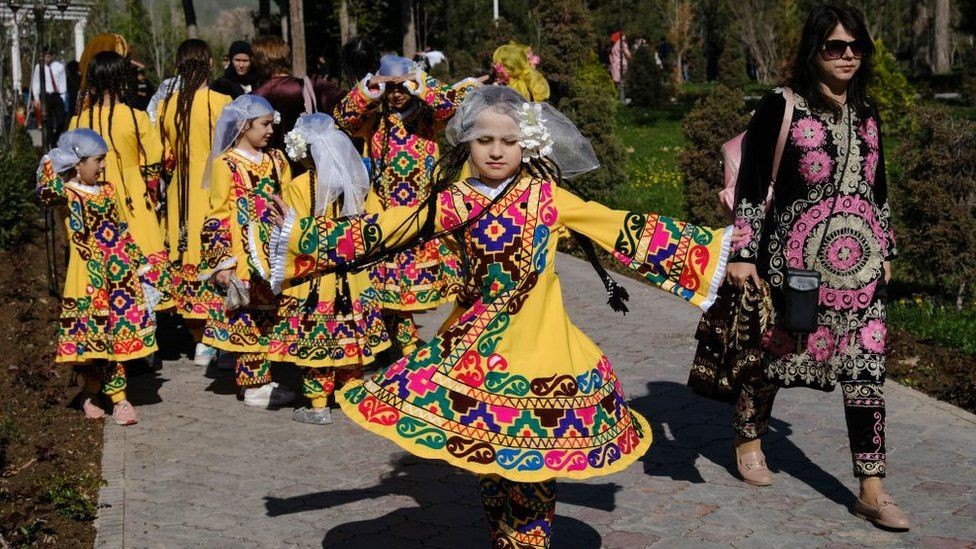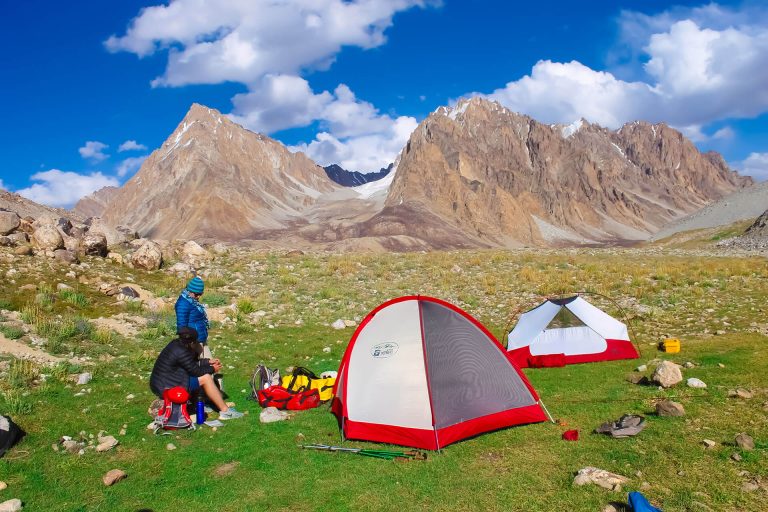About Tajikistan
Tajikistan possesses rich natural resources and provides for endless opportunities in virtually every sector of the economy.The Government welcomes and supports foreign investments by introducing tools such as tax breaks, incentives for technological upgrades of production lines, full hard currency convertibility.

President: Emomali Rahmon
Prime Minister: Kohir Rasulzoda
Government type: Republic
Geographic Coordinates: 39 00 N 71 00 E
Area: 143,100 sq km
Border countries: Afghanistan 1,206 km, China 414 km, Kyrgyzstan 870 km, Uzbekistan 1,161 km
Population: 10,077,600 (2023 est)


Did you know?
Geography and Natural Beauty
Tajikistan, a landlocked country in Central Asia, is renowned for its stunning natural landscapes. The country is dominated by mountainous terrain, including the towering Pamir Mountains, often referred to as the “Roof of the World.” These rugged peaks, with their snow-capped summits and deep valleys, create a breathtaking backdrop that is both remote and dramatic. Tajikistan’s diverse geography also features expansive high-altitude plateaus, lush valleys, and numerous rivers, including the Amu Darya and the Vakhsh. The country’s varied landscapes not only contribute to its natural beauty but also support a range of unique ecosystems and biodiversity.


Cultural Heritage and History
Tajikistan boasts a rich cultural heritage that reflects its historical role as a crossroads of various civilizations. The region has been influenced by Persian, Turkic, and Russian cultures over the centuries. The historical city of Samarkand, located just across the border in Uzbekistan, is a testament to the region’s past as part of the Silk Road, an ancient trade route that linked the East and West. Tajik culture is a blend of these diverse influences, with traditional music, dance, and art playing a significant role in daily life. The country’s historical sites, such as the ancient ruins of the city of Penjikent and the 7th-century shrine of Ismail Samani, offer a glimpse into Tajikistan’s storied past.
Economy and Development
Tajikistan’s economy is primarily based on agriculture, with cotton and wheat being the main crops. However, the country is also rich in mineral resources, including significant deposits of aluminum and precious metals. Despite these resources, Tajikistan remains one of the poorest countries in Central Asia, with a significant portion of its GDP reliant on remittances from overseas workers. The government has been working on various development projects to improve infrastructure and stimulate economic growth, including investments in hydropower projects and regional connectivity initiatives. Efforts to develop tourism are also underway, aiming to capitalize on the country’s natural beauty and cultural heritage to boost the economy.


Emerging Opportunities and Positive Prospects
Tajikistan is on a promising trajectory with emerging opportunities that could significantly boost its development. The government’s focus on enhancing infrastructure, particularly in energy and transportation, is paving the way for improved connectivity and economic growth. The country’s investment in hydropower projects, such as the Rogun Dam, holds the potential to transform Tajikistan into a regional energy powerhouse, providing a stable energy supply for domestic needs and export opportunities. Additionally, Tajikistan’s stunning landscapes and rich cultural heritage present considerable potential for tourism development. As global interest in eco-tourism and cultural experiences grows, Tajikistan’s natural beauty and historical sites are becoming increasingly attractive to international travelers. With targeted investments in these sectors, Tajikistan is well-positioned to harness its unique assets, stimulate economic development, and improve the quality of life for its citizens.
